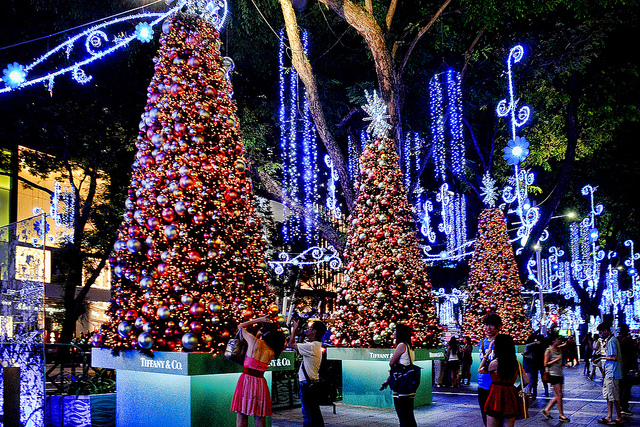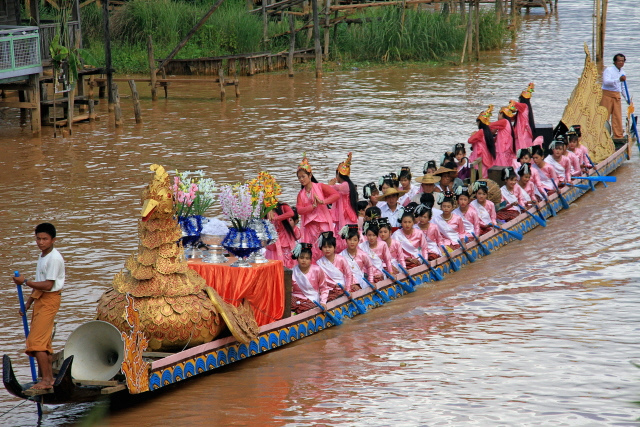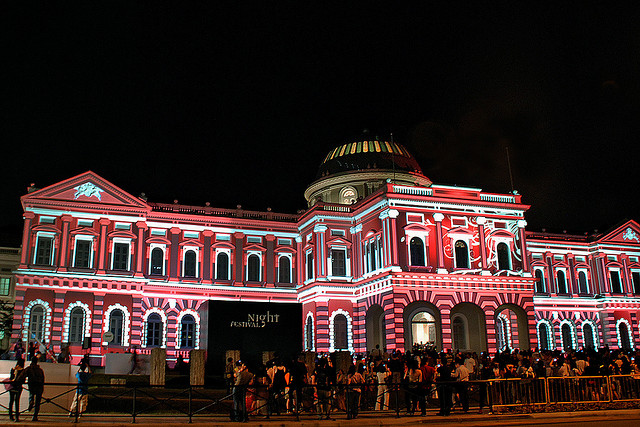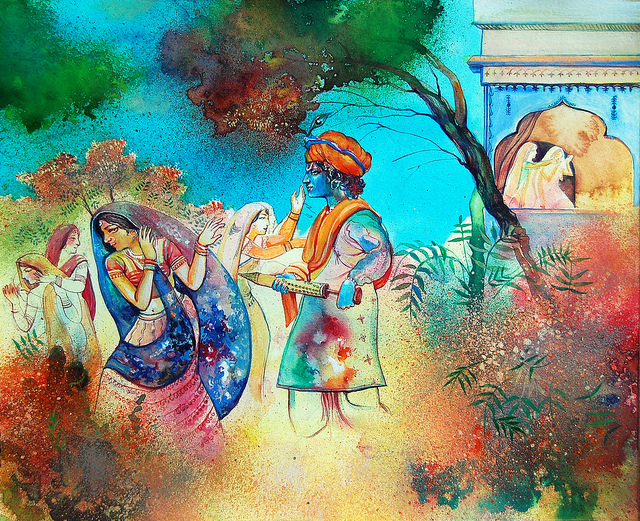Christmas is one of the world’s most recognizable and celebrated holidays. Countries and cultures all over the world prepare for this time of the year and celebrate with much pomp and revelry. It is one of the holidays which have both religious and secular roots. Every year, Christmas falls on December 25.

Christian Origins
The most accepted and widely recognized origin of the the Christmas holiday centers on the birth of the man the Christians recognize as the Messiah, Jesus Christ. The books of Luke and Matthew tell how a young woman named Mary received word from an angel that she was to conceive and give birth to Jesus. Her fiance, Joseph the carpenter, was a native of Bethlehem and just shortly before she was to give birth, the couple traveled there to participate in a census. Unfortunately, all the rooms in the inn were filled, so the couple took refuge in a table where Mary went into labor.
Both gospels also talked about the people to who came to visit the baby. Luke spoke of humble shepherds who were led to there by an angel. Matthew told of wise men or kings who followed a bright star and gifted Jesus with frankincense and myrrh. Further accounts in Matthew’s book tell of the family feeling to Egypt to escape King Herod’s plans of killing Jesus.
While the real date of Christ’s birth is highly debatable, its current date has been widely accepted and internationally recognized as Christmas day.
Widespread Christian Practices
Christians share similar practices across the world. Many of the faithful start Christmas by attending mass or service, and the celebration is highly religious in many ways. Tableaus depicting the first Christmas are presented, and are a popular centerpiece for many Christmas shows in schools and churches. Nearly everywhere, however, Christmas is a time for gathering with friends, family and the community.
International celebration
Christmas is a major and public holiday in many countries around the world. It is celebrated not just by Christians, but also by people from different faiths. In some countries where there are a small population of Christians, many secular elements of the holiday have been adapted including decorating homes, Christmas trees, gift-giving and iconic figures giving these gifts, one of which is Santa Claus. It is even in places where the population is highly non-Christian. Only a few countries do not hold Christmas as a public holiday including China (Hong Kong and Macao are excluded), Japan, Thailand, Saudi Arabia and North Korea.
Traditions
When it comes to Christmas, there are certain practices that are common across cultures and faiths. During Christmas, people take time to give each other gifts. Others opt to give out Christmas cards and often these include short missives of how the family has fared in the past year. Homes and establishments are decorated with many symbols that originate from different cultures. Even in countries that typically do not grow pine or have snow or chimneys will have Christmas trees and Frosty the Snowman and Santa Claus.
Food Fest
The biggest tradition of all is the gathering of family and friends to participate in a feast. Traditionally, a big dinner is held on Christmas Eve, but some hold it on Christmas Day. Depending on the country and the culture, food varies as well. However, some dishes do cross countries, particularly if one has migrated to a new country and brings with them a taste of home. Expect to have dishes of chicken or turkey, roasted beef or ham, wassail, eggnog, cheese and other gastronomical delights.
Southeast Asia Christmas
While there are many Christians in most Asian countries, not all of them of them recognize it as a public holiday. Take for instance the different Southeast Asian countries and how they uniquely celebrate Christmas. Still, this does not stop them from joining in the festivities, adapting the holiday to fit their own cultures and customs. Like in other parts of the world, it is considered to be one of the most colorful holidays each year.
Ancient Holiday
However, history shows that celebrations during mid-winter has been a long-time tradition of many cultures around the world long before the coming of Jesus Christ. Often, this celebration falls on the winter solstice and marks the end of the darkest day of winter and the coming of brighter days. Similar celebrations are held all across Europe and countries that experience cold weather during these months.
Christmas has truly morphed into an international holiday. These days, you’ll be hard-pressed to find a place that doesn’t have something that symbolized Christmas. However, it isn’t just about the commemoration of Christ’s birth. Christmas has become the season for people to be more generous and caring, and allows people time to reflect upon the blessings and challenges of the past year.




